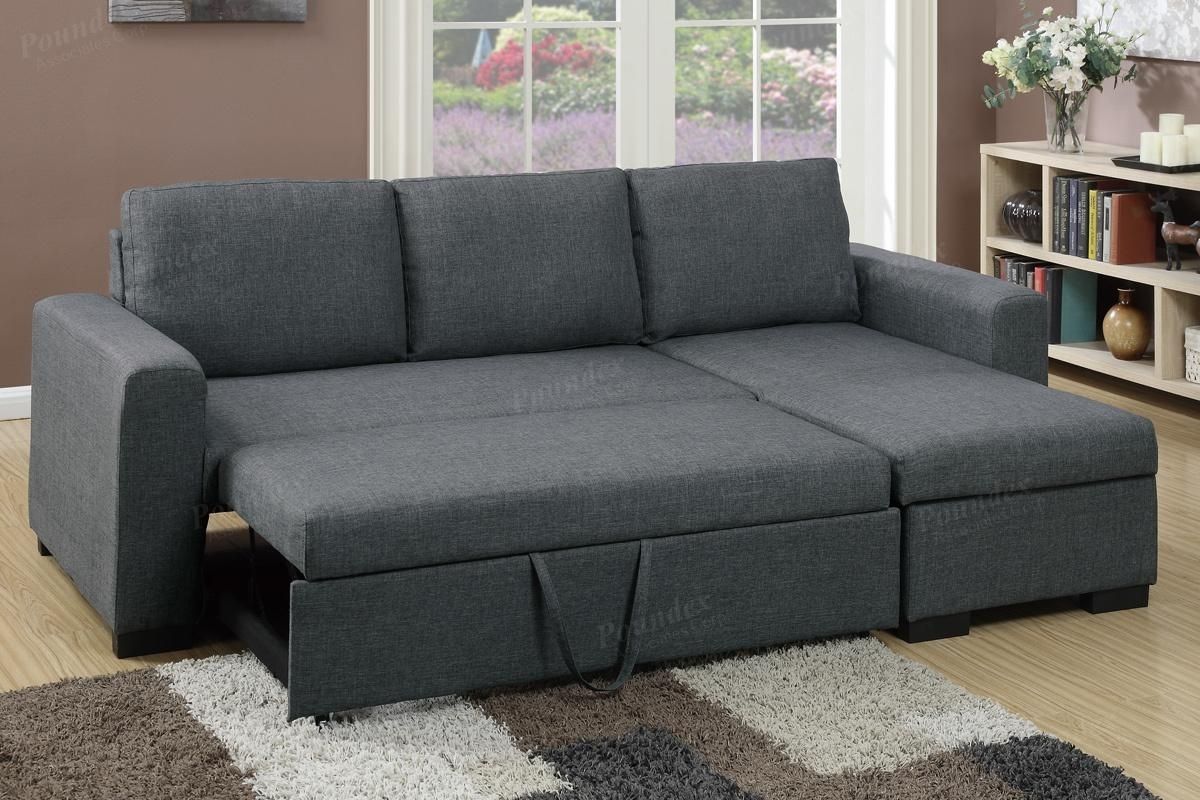In today's world, technology has become an integral part of our daily lives. From smartphones to smart homes, the demand for automated systems is constantly on the rise. And now, even our kitchen appliances and tools are getting in on the action with the introduction of smart technology. Smart kitchen design, with its focus on convenience and efficiency, has revolutionized the way we use and interact with our kitchen space. One of the main advantages of using automated appliances and tools in the kitchen is their ability to be controlled remotely. Imagine being able to preheat your oven or start your coffee maker from the comfort of your bed. With smart refrigerators, you can also keep track of the items inside and even create grocery lists based on what's running low for a more organized and convenient grocery shopping experience. Another exciting feature of smart kitchen appliances is their compatibility with voice commands. Hey Google, set a timer for 30 minutes or Alexa, preheat my oven to 375 degrees are just some of the many commands that can be used to control your appliances hands-free. This is a game-changer for busy cooks who have their hands full with meal prep and cooking. This feature also makes it easier for people with disabilities to use kitchen appliances with ease.Automated Appliances and Tools
Some possible "smart kitchen design" ideas could include: 1. Automated appliances and tools - these can include smart refrigerators, ovens, and other kitchen gadgets that can be controlled through your smartphone or voice commands. 2. Functional storage solutions - maximizing storage space with pull-out shelving, built-in organizers, and hidden compartments can optimize the functionality of a kitchen. 3. Energy-efficient lighting - installing smart lighting systems that can be controlled remotely or operate on a schedule can save energy and create a more pleasant cooking and dining experience. 4. Motion-sensor faucets and lighting - these hands-free features can be convenient for busy cooks and help reduce the spread of germs. 5. Smart countertops and surfaces - using materials that are heat-resistant, easy to clean, and can integrate with technology for wireless charging or integrated screens can add both style and function to a kitchen. 6. Voice-activated assistants - adding a smart speaker or voice-activated assistant can help you multitask in the kitchen and find recipes, set timers, or play your favorite music while you cook. 7. Smart design for accessibility - incorporating features like lower countertops, lever handles on cabinets, and pull-down shelving can make a kitchen more accessible for individuals with physical disabilities or limited mobility. Automated Appliances and Tools
One of the biggest challenges of kitchen design is finding enough storage space. Luckily, smart kitchen design has come up with solutions to optimize storage and make it more functional. Pull-out shelving, for example, can be used to maximize cabinet space and provide easier access to items at the back. Built-in organizers and hidden compartments are also popular options to keep the kitchen clutter-free and organized. With smart storage, you can also expect to see innovative features such as touchless cabinets that open with a simple wave of the hand. This is not only convenient but can also reduce the spread of germs in the kitchen, especially during food preparation. For those who love to entertain, smart kitchen design also offers solutions for organizing and displaying your glassware and dishes. Pull-down shelving is a great addition to upper cabinets and allows for easy access to your plates and glasses while also saving space.Functional Storage Solutions
Lighting is an essential aspect of any kitchen design. Not only does it provide functionality, but it also sets the mood and adds to the overall aesthetic of the space. With smart kitchen design, energy-efficient lighting systems can be installed to save on energy costs and create a more pleasant cooking and dining experience. Sensors can be used to automatically turn lights on and off depending on activity in the kitchen. This is not only convenient but also helps reduce energy waste. You can also program your lights on a schedule to turn on and off at specific times, ensuring that no lights are left on unnecessarily. In terms of style, smart lighting offers a range of options such as dimmable lights, color-changing LED strips, and even voice-activated control. You can change the lighting in your kitchen to suit the time of day or your mood, making it a versatile and dynamic space.Energy-Efficient Lighting
Another smart feature that can add convenience and hygiene to your kitchen is motion-sensor faucets and lighting. With a simple wave of your hand, you can turn your faucet on and off, making cleaning up after cooking a breeze. This feature is especially useful when your hands are messy or full. Motion-sensor lighting is also gaining popularity in kitchens. This hands-free option is not only convenient but can also be energy-efficient by automatically turning off when no activity is detected in the kitchen.Motion-Sensor Faucets and Lighting
When it comes to countertops and surfaces, functionality and style are key considerations. With smart kitchen design, you can have the best of both worlds. Heat-resistant and durable materials such as quartz, granite, and ceramic are popular choices for countertops. But smart countertops go beyond just being practical and stylish. Some countertops offer wireless charging capabilities for your smartphones and other devices, eliminating the need for cords and outlets cluttering your kitchen. Others can be equipped with built-in screens for easy access to recipes, videos, or even the news while you cook. Just imagine being able to watch your favorite cooking show while cooking along with the chef right on your countertop screen.Smart Countertops and Surfaces
Smart speakers and voice-activated assistants have become a popular addition to many homes, and they are now making their way into the kitchen. These devices can help you multitask in the kitchen by setting timers, finding recipes, or playing your favorite music with a simple voice command. But the real game-changer is the integration of voice-activated assistants with other smart kitchen appliances. It's like having your own personal sous chef in the kitchen. You can ask your smart fridge to add items to your grocery list or your oven to change the temperature while you focus on other tasks at hand.Voice-Activated Assistants
For individuals with physical disabilities or limited mobility, performing tasks in the kitchen can be a challenge. Fortunately, smart kitchen design has addressed this issue by incorporating features that make the kitchen more accessible for everyone. Lower countertops and lever handles on cabinets and drawers are just some examples of how smart design can make a kitchen more convenient for those who use wheelchairs or have difficulty reaching high cabinets. Smart appliances with voice-activated controls or remote capabilities can also provide people with disabilities with a more independent cooking experience.Smart Design for Accessibility
Sustainable and Eco-Friendly Features for a Smart Kitchen Design

Eco-Friendly Materials For Your Kitchen
 When it comes to creating a smart kitchen, one of the first things to consider is utilizing eco-friendly materials. Not only do these materials help reduce the carbon footprint of a home, but they also create a healthier and more sustainable living environment.
Using materials such as bamboo, recycled glass, and salvaged wood can significantly decrease the environmental impact of a kitchen.
Additionally, selecting Energy Star certified appliances can result in energy efficiency and lower utility bills. This not only benefits the environment but also saves homeowners money in the long run.
When it comes to creating a smart kitchen, one of the first things to consider is utilizing eco-friendly materials. Not only do these materials help reduce the carbon footprint of a home, but they also create a healthier and more sustainable living environment.
Using materials such as bamboo, recycled glass, and salvaged wood can significantly decrease the environmental impact of a kitchen.
Additionally, selecting Energy Star certified appliances can result in energy efficiency and lower utility bills. This not only benefits the environment but also saves homeowners money in the long run.
Maximizing Natural Light
 Another critical element in creating a smart kitchen is maximizing natural light. Designing a kitchen with large, energy-efficient windows or skylights can help reduce the need for artificial lighting during the day.
Natural light not only brightens up a space and creates a more inviting atmosphere, but it also has been linked to improved mental and physical health.
In addition to windows and skylights, incorporating light-colored or reflective surfaces into the kitchen design can help bounce natural light around the room.
Another critical element in creating a smart kitchen is maximizing natural light. Designing a kitchen with large, energy-efficient windows or skylights can help reduce the need for artificial lighting during the day.
Natural light not only brightens up a space and creates a more inviting atmosphere, but it also has been linked to improved mental and physical health.
In addition to windows and skylights, incorporating light-colored or reflective surfaces into the kitchen design can help bounce natural light around the room.
Smart Technology for Energy and Water Conservation
 Advancements in technology have made it easier than ever to incorporate smart features into a kitchen design. Smart appliances and fixtures, such as refrigerators, dishwashers, and faucets, can all be connected to a home's Wi-Fi network and controlled remotely. This allows for more efficient energy and water use, as these
smart appliances can be programmed to only run during off-peak hours or when needed, reducing utility costs.
Additionally, incorporating motion sensor faucets and LED lighting can help further conserve resources and reduce the environmental impact of a kitchen.
Creating a smart kitchen not only adds convenience and functionality to a home, but it also has a significant impact on the environment. By utilizing eco-friendly materials, maximizing natural light, and incorporating smart technology, homeowners can create a sustainable and energy-efficient kitchen that benefits both their well-being and the planet. With these features, a smart kitchen design is a win-win for both homeowners and the environment.
Advancements in technology have made it easier than ever to incorporate smart features into a kitchen design. Smart appliances and fixtures, such as refrigerators, dishwashers, and faucets, can all be connected to a home's Wi-Fi network and controlled remotely. This allows for more efficient energy and water use, as these
smart appliances can be programmed to only run during off-peak hours or when needed, reducing utility costs.
Additionally, incorporating motion sensor faucets and LED lighting can help further conserve resources and reduce the environmental impact of a kitchen.
Creating a smart kitchen not only adds convenience and functionality to a home, but it also has a significant impact on the environment. By utilizing eco-friendly materials, maximizing natural light, and incorporating smart technology, homeowners can create a sustainable and energy-efficient kitchen that benefits both their well-being and the planet. With these features, a smart kitchen design is a win-win for both homeowners and the environment.





































































